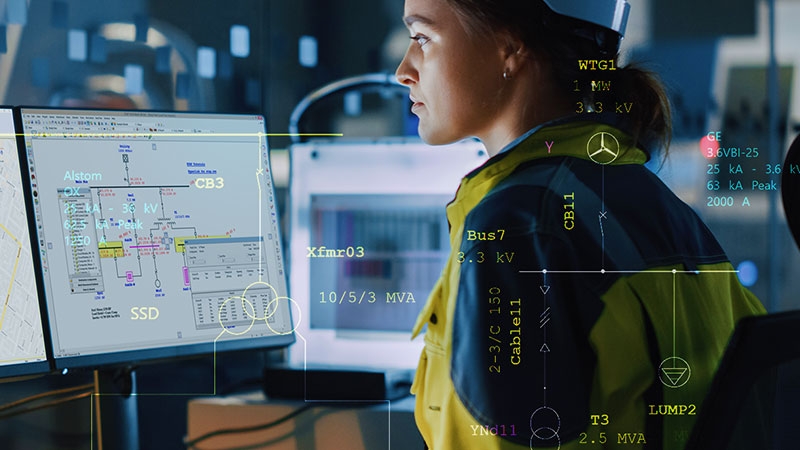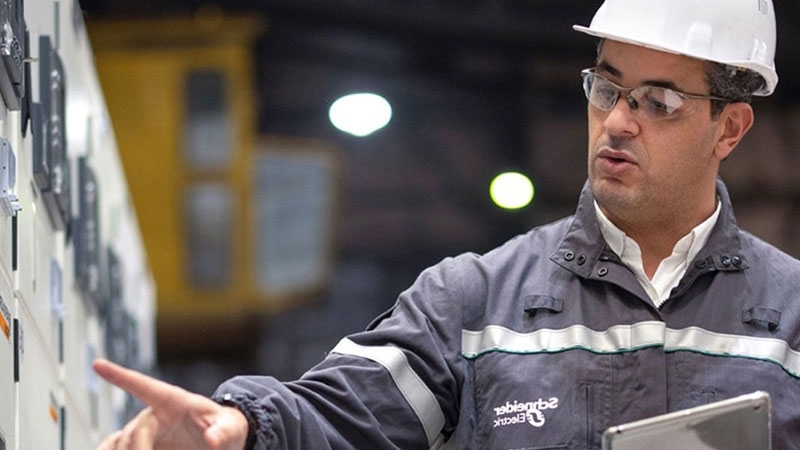1. What is electrical power distribution?
The final part of an electrical power system, where electricity is delivered to the load, is called an electrical power distribution system. In simpler words, an electrical power distribution system is carrying electricity through transmission lines to different loads. This system is considered successful only if it efficiently and consistently fulfills the energy demands of all the users without causing any wastage. Therefore, at Schneider Electric, we work hard to offer competent electrical distribution services that help you improve productivity, save costs, and reduce downtime.
2. How does electrical power distribution work?
The electrical power distribution system is a comprehensive network that needs close monitoring to function effectively. It consists of distribution transformers, distribution conductors, feeders, distribution substations, and service mains conductors. A distribution substation receives power from the transmission network. If the voltage from the transmission line is much higher than the required demand, it needs to be cut down by the transformer to the level of primary distribution voltage. This process is competently assisted by devices like switches, protection equipment, and measurement equipment, among all.
At Schneider Electric, our expert professionals help optimize and renew your electrical distribution system to optimum levels with their best electrical equipment knowledge for service management.
3. Why are electrical distribution systems so important?
An electrical power distribution system ensures that the energy demands of the customers or users are met smoothly and regularly. It regulates the supply of voltage and brings it to the required level so that energy can be delivered evenly in all fields. At Schneider Electric, we offer a wide range of electrical distribution solutions and services to enhance the electrical distribution systems' performance, productivity, and safety.



















